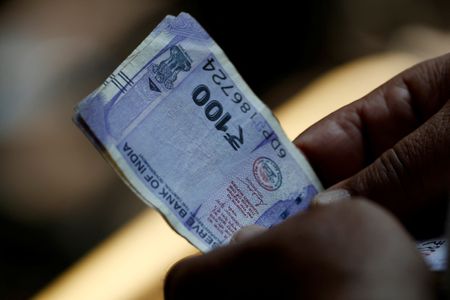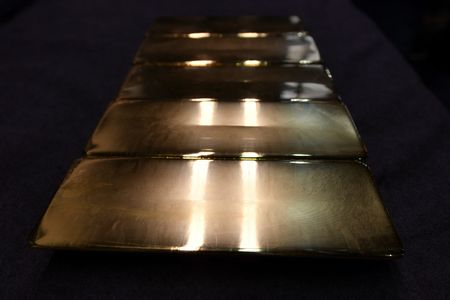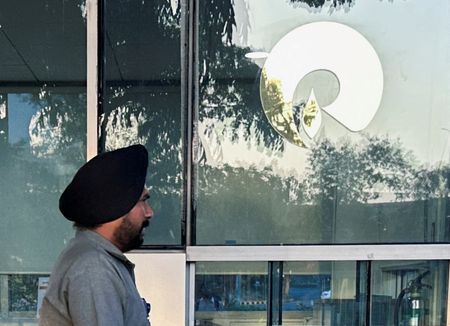By Nimesh Vora and Jaspreet Kalra
MUMBAI (Reuters) – The volumes on the Indian rupee options soared after India’s strikes in Pakistan, suggesting that the currency may go through a volatile patch on the back of the heightened tensions between the two nuclear-armed neighbours.
The data, however, did not suggest a one-sided bias on the Indian currency.
The notional value of dollar-rupee options traded in the United States jumped to nearly $4 billion on Wednesday, about thrice their daily average over the last year. Firms trading over-the-counter derivatives in the U.S. are required by law to report transaction details to a registered swap data repository.
The surge in volumes did not reveal a notable directional bias. The split between call and put options remained fairly typical, with the notional volume of calls modestly outpacing puts, in line with the historical norm, a senior forex trader at a bank said.
This indicates that markets are “playing” volatility rather than positioning for a rupee depreciation, he said.
Other market parameters were broadly aligning with signals from rupee options, suggesting limited financial market fallout from India’s military strike in Pakistan on Wednesday.
Notably, near-term volatility expectations for the rupee were largely unchanged and hedging costs were lower than before the strike.
The 1-month dollar/rupee forward premium dropped to around 15 paisa, a year-to-date low, while the rupee’s 1-month implied volatility did not sustain at the two-year high it jumped to immediately after the strike.
Moreover, foreign investors were net buyers of Indian equities on Wednesday – extending a 14-session buying streak – while bond yields were slightly lower.
“Incidents over the past decade have de-escalated with minimal impact on financial markets; this is our base case,” Jefferies said in a Thursday note, referring to the India-Pakistan tensions.
On Thursday, the rupee weakened past 85 to the U.S. dollar. The currency has declined 0.6% since the strike, broadly in line with how the offshore Chinese yuan has fared in that period.
(Reporting by Nimesh Vora and Jaspreet Kalra; Editing by Mrigank Dhaniwala)








